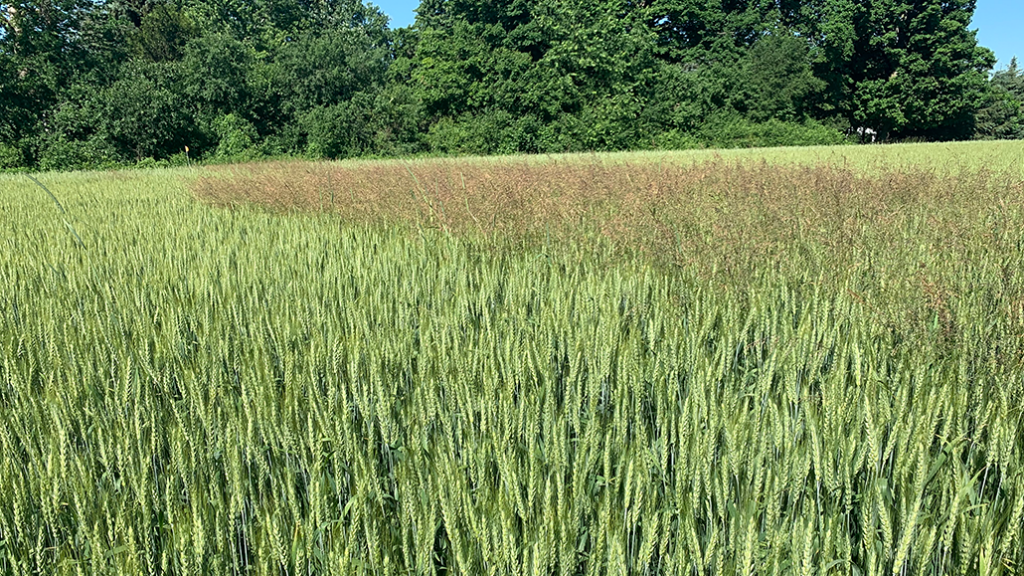Managing bluegrass
AGRONOMIC INFORMATION FROM ONTARIO'S CROP SPECIALISTS

BLUEGRASS COMPETITION IN winter wheat can result in up to 50 per cent yield losses. Over the past two seasons, three herbicides (Simplicity GoDri, Varro and Axial) have shown promising results and have prevented significant yield loss in winter wheat.



These competitive grassy weeds emerge in the fall and early spring. Plants smaller than 10 centimetres in height are easier to control with herbicides, and early spring applications provide better control than fall applications. Some bluegrass seedlings — that are missed by fall applications — emerge in early spring. Both fall and early spring applications provide better control than late spring applications.
Acknowledgements: A huge thanks to Steve Lake, Peter Smith and François Tardif for supporting this research. •
























